
From 1892 to 1954, Ellis Island processed about 12 million immigrants before it could be decided that they would be allowed to begin their lives in this country. The Ellis Island Immigrant Hospital, the United States’ first public health hospital, opened its doors in 1902. It is here where immigrants who were deemed too unhealthy to enter the country would stay. The treatment for various ailments, some far too gruesome for today’s standards, would either result in success, at which point immigrants would be released to enter the country, or failure, at which point they would be sent back.
It is difficult to imagine the fear and stress many of these newcomers experienced through the overall immigration process, especially for many who did not speak the language or had ever even seen a doctor before. Imagine the intimidation of being poked at, examined, or even questioned by men in lab coats, separated from your family, from your parents, being spoken to in ways you could not understand, all the while knowing that your dreams where just one more boat ride away.
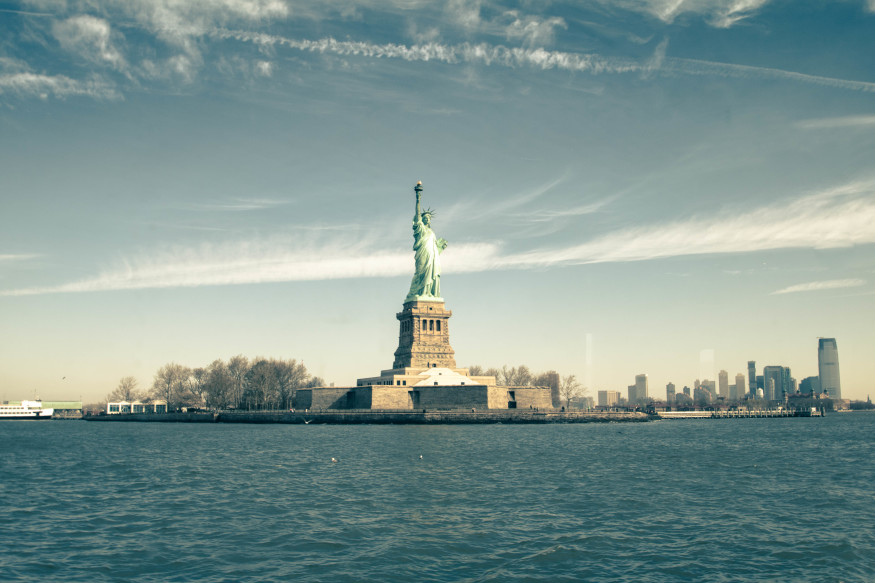
These are only some of the stories that took place within the walls of the Ellis Island Immigration Hospital, a 29 building complex on the South side of the island, which have remained closed to the public, until now.
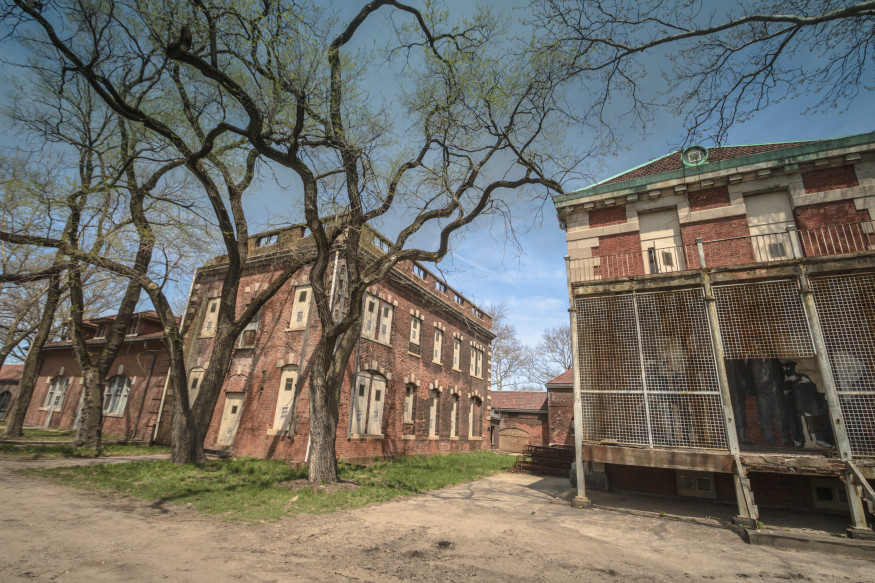
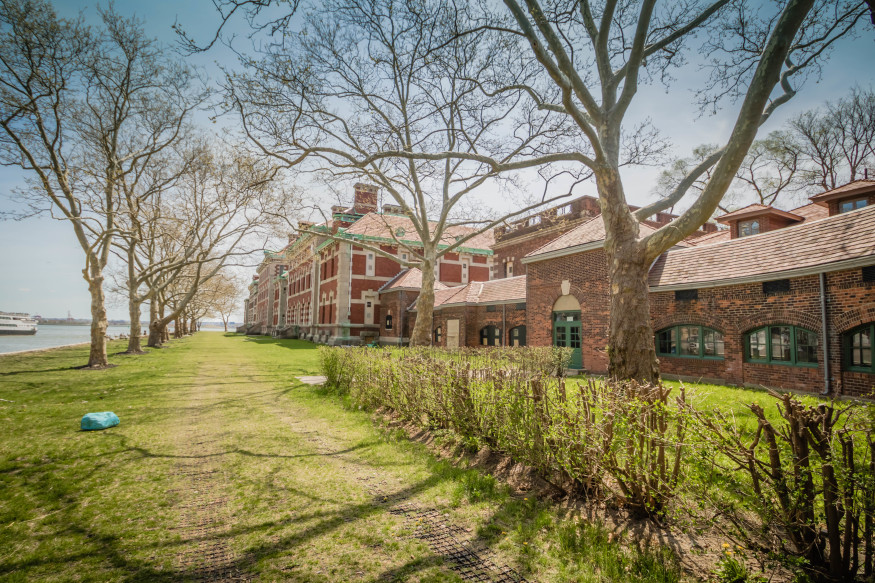
I was invited to spend a day touring with NewYorkTour1. Their Statue of Liberty & Ellis Island + Hard Hat tour gave me access to the Ms. Liberty, as well as Ellis Island, and this newly opened section of the island. Hard hats are required to walk through the hospital as much of it is still in need of restoration.


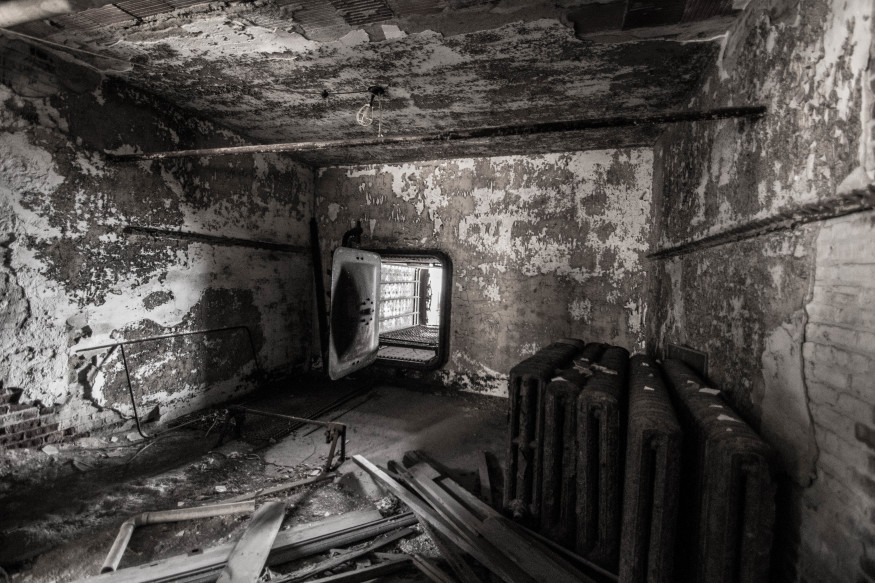
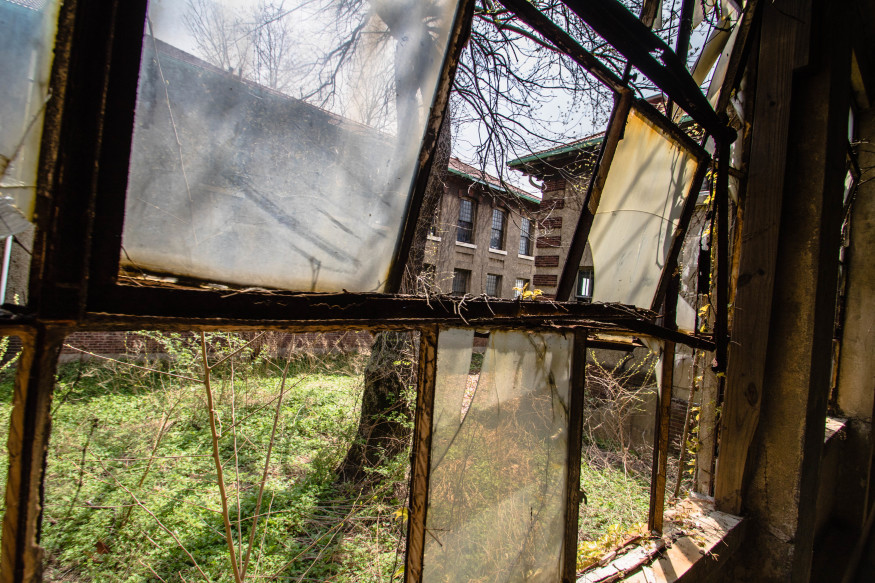
In addition to the feel of walking back in time, through the sunlit halls and paint chipped wall-covered rooms, photographic images of real immigrants that once walked through here are displayed throughout as part of an art exhibit titled “Unframed – Ellis Island” by renowned French artist JR, which beautifully captures the American immigration experience of the 1880s through 1920s. I first got a glimpse of the exhibit while on a flight to Europe, in JR’s short film featuring Robert DeNiro. So worth watching.
At first visit, you don’t know when to expect to see these images, reflections of the faces of struggle, sadness, fear, and hope. They take you aback, sometimes startle you, more often make you feel a sense of sadness.

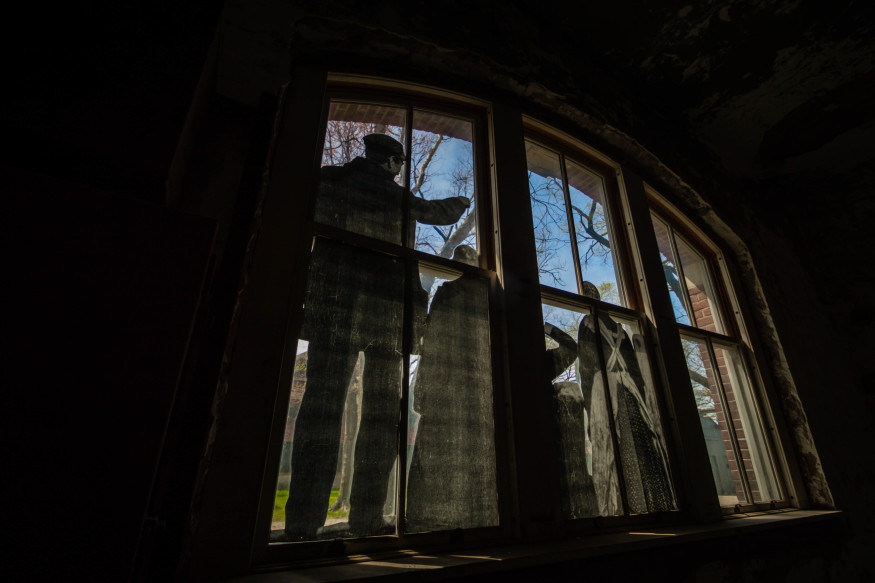
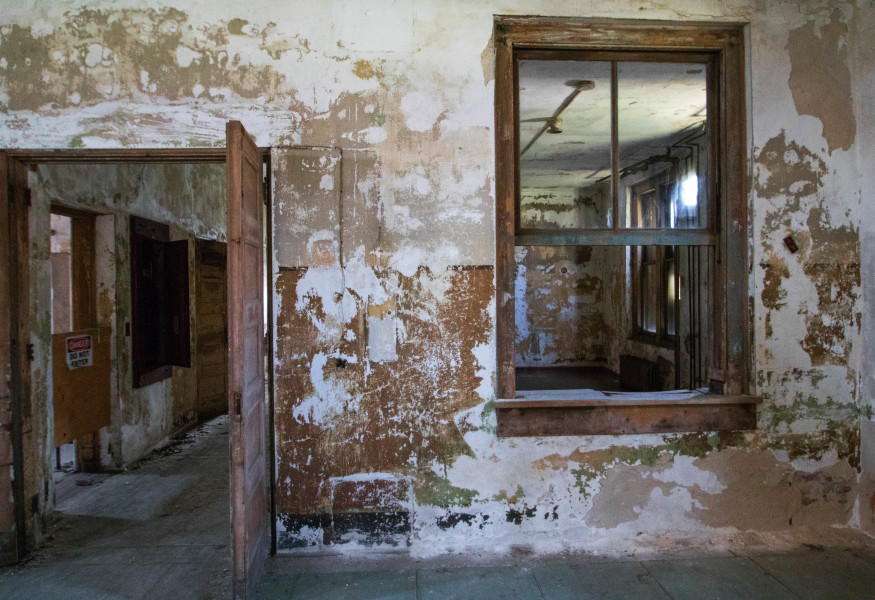
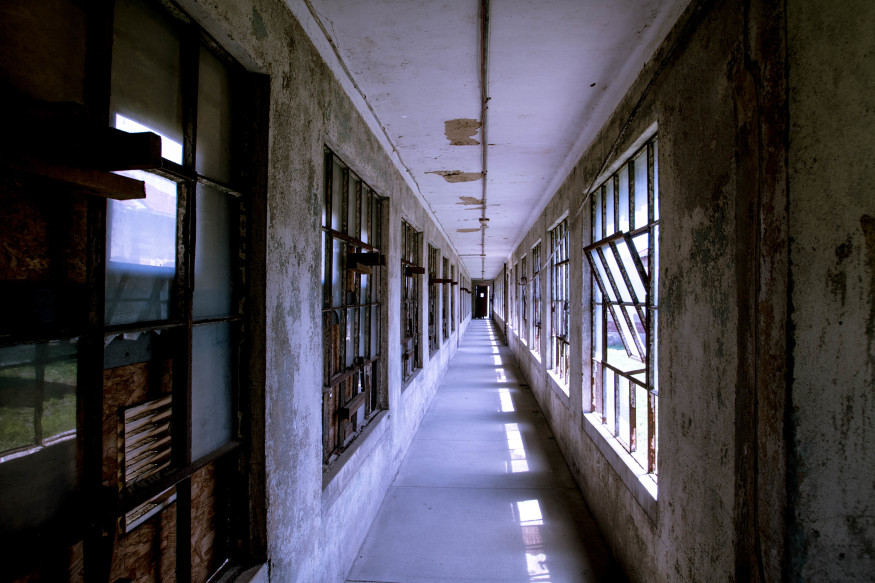
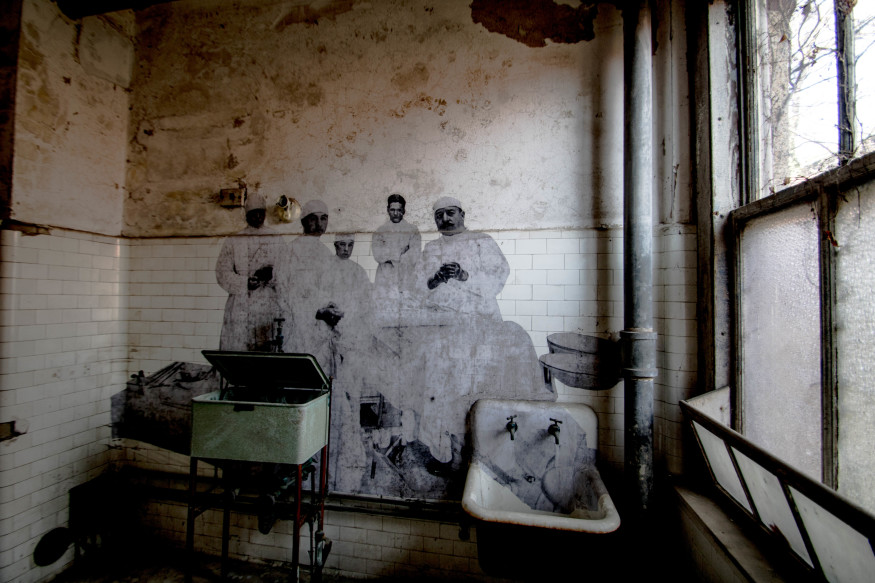
These images, along with the silhouette of the statue in the distance, set the stage for a deeper understanding, knowledge, and compassion of what so many immigrants, many of them low-income, who would help to further build this great nation, had to endure, and yet, did so for the prospect of a better life. It felt at times as if I was walking through hallways of dreams as I listened to our guide share the stories, including that of his own mother, who stayed here.
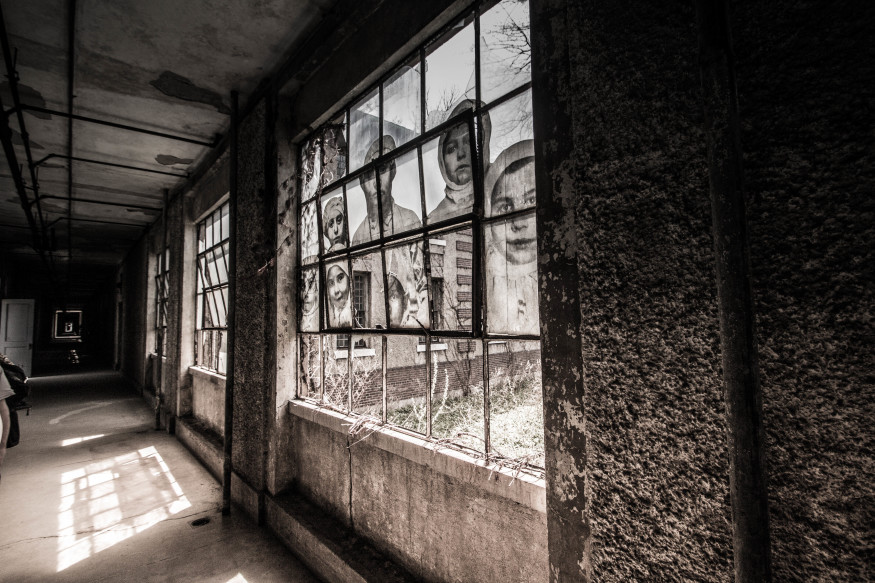
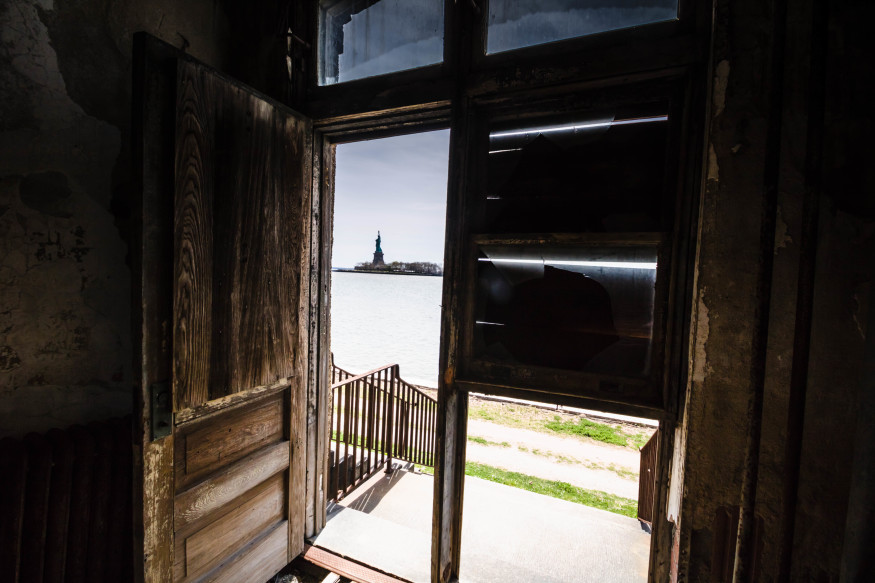
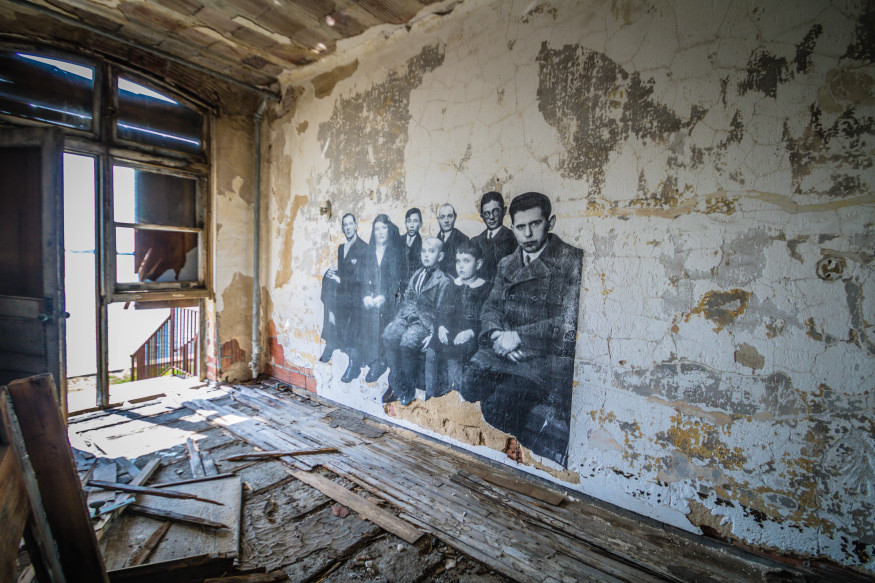
I can not wrap my mind around what that must have been like for these families. By the time my family immigrated to the United States in the 60s, Ellis Island and its hospital were closed. I can’t imagine what our destiny would have been had they had to endure what so many other immigrants before them did. There are no records of who they are, though because so many of the patients here were children, some are still alive to share their stories.
What we know is that some made it through, others did not. This tour aims to preserve and honor the memory of all of those who tried.

Thank you to NewYorkTour1 for the opportunity to experience this with them. You can book this entire tour by visiting their website here. Save Ellis Island is opening some of the hospital doors – those deemed safe enough to do so – to provide visitors with access to the halls, rooms, exam areas, and more, while sharing stories, history, and facts about this historic site. Its mission is to raise funds through education and awareness that will help to preserve this iconic location. A portion of the funds for the Hard Hat Tour go towards these efforts.

